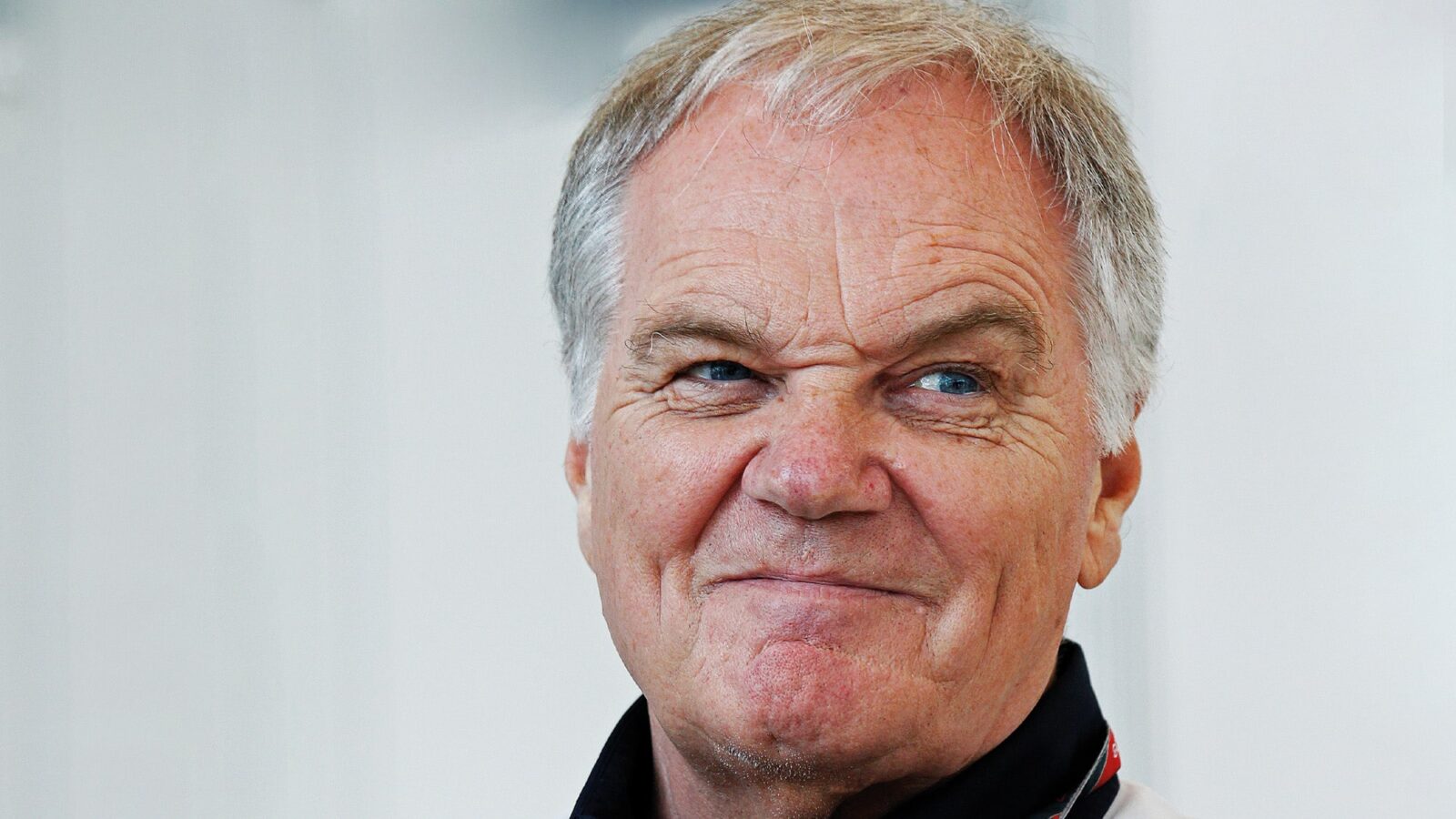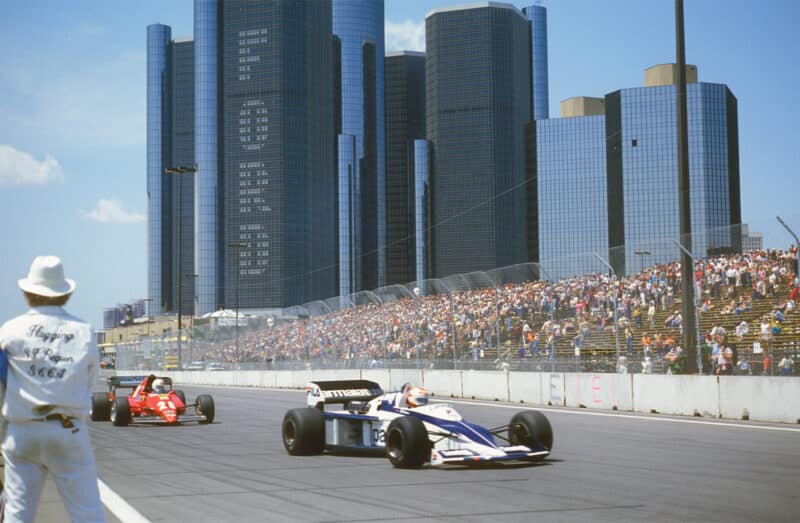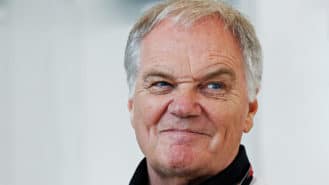One project which John and I shared was the T290 2-litre sports car. The quarter-scale layout was done by Eric and given to John and I with instructions to have the car ready to test in seven weeks. We worked long hours. The car was a successful model for Lola with a series of updates keeping it in production for many years.
One of John’s projects with which I was very impressed was the Chaparral 2K, an F1-inspired ground-effects Indycar he designed for Jim Hall with Gordon Kimble as his assistant and built by Bob Sparshott. The car was outstanding, and in 1980 Johnny Rutherford won both the Indy 500 and the Indycar championship with it.
John then moved on to McLaren with Ron Dennis, creating the foundation and approach still maintained by the team. In this period the first true carbon composite chassis was introduced and the Tag Porsche turbo V6, although designed and built by Porsche, was very much to the specification dictated by John.
John had a reputation for being tough to work with. I never found that, but he did set very high standards for himself and those around him. He is now designing furniture and medical instruments, still to high standards I’m sure.
Rory Byrne I’ve had less contact with, but have always been aware of his design approach and tenacity. The latter he may have learnt from Ron Tauranac in the early days with Ralts and Toleman F2 cars. Rory progressed from Royale Formula Fords through F2 and then into F1. His cars were always very individual, but became more effective, and the first win came under the Benetton name with Gerhard Berger in Mexico. In 1994 came the first title with Michael Schumacher and a Ford engine, and then with a Renault in ’95. Michael persuaded Rory and Ross Brawn to join him at Ferrari, where Ross was the public technical face but Rory the design lead. He should take much credit for the incredible series of title wins achieved by Michael and Ferrari. Rory is still highly competitive, still retained by Ferrari, but lives mainly in Phuket.
I find it surprising that the achievements of all three have not been more widely recognised, as all have brought much credit and inward investment to the UK.



